The most intricate feature of VALORANT is its Competitive mode. Governed by nine ranks, multiple tiers, and a ton of rules, the ranked ladder isn’t an easy climb. If you want to take up the challenge anyway, we’ve got everything you need to know about the ranked system in VALORANT.
Ranked matches can often leave you fuming due to the involved complexities and quirks. Yet, we can’t seem to stop returning to VALORANT. As much of it is punishing, the Competitive mode rewards you generously for performing well, giving you a satisfying dopamine boost. Knowing the ranked system’s traits—and practicing to improve your mechanics at the same time—can help boost your win rate and rank pretty quickly.
To help you through this roller coaster of a journey, this guide talks about the requirements to play ranked, all VALORANT ranks, the hidden MMR system, Performance Bonus, and every other Competitive mode feature there is to know.
Table of contents
How to unlock ranked and play VALORANT Competitive

To play ranked games in VALORANT, your player account needs to be at least Level 20. If you’ve just created your account, you’ll have access to all the casual modes, including Unrated, Deathmatch, Spike Rush, and more. Play these modes and complete daily and weekly missions to gain XP and level up fast.
Spike Rush and Team Deathmatch have proven to be the best modes to earn XP quickly. Make sure you win as many games as you can and focus on using your abilities, especially the ultimates. Also, try to play a variety of agents. If you’re a beginner, the journey between Level zero to 20 is crucial: Make sure to use this time to polish your aim mechanics and learn the basics of as many agents as you can.
After you reach Level 20, you can start queuing ranked games. That said, to unlock your rank, you still need to play five “placement matches.” The ranked system will gauge your momentary potential from these matches and assign you a rank and a hidden MMR based on your performance.
All VALORANT ranks

The VALORANT ranked ladder currently features nine ranks. These are:
- Iron
- Bronze
- Silver
- Gold
- Platinum
- Diamond
- Ascendant
- Immortal
- Radiant
Except Radiant, all of these ranks have three tiers each. From Iron to Ascendant, players need to collect 100 RR (rank rating) to move up by a tier. In Immortal, however, things are a bit different.
Once you reach Immortal one, the amount of RR you need to rank up to the next tier depends on “the regional RR threshold.” For example, players in North America require the following RR to rank up between Immortal One and Radiant:
| Rank | RR |
| Immortal two | 90 |
| Immortal three | 200 |
| Radiant | 450 |
For EMEA, these are the thresholds:
| Rank | RR |
| Immortal two | 100 |
| Immortal three | 200 |
| Radiant | 550 |
To reach Radiant, however, you need to meet two conditions:
- The regional RR threshold
- Top 500 in the leaderboard
So, if you surpass the 450 RR mark but aren’t in the top 500 in terms of total RR, you’ll still be stuck in Immortal three.
From Iron to Immortal, you get two charges of Rank Shields each time you promote or demote to the first tier of a VALORANT rank. These shields protect you from demotion when you’re at zero RR, potentially saving you from a couple of devastating losses.
What does MMR mean in VALORANT?
MMR stands for Matchmaking Rating. VALORANT’s ranked system assigns this value to your account based on your performance, which is then used to determine your true rank as well as offer you fair matchups as per your skill level. You can’t see your MMR.

Your MMR is how VALORANT calculates the amount of RR you lose or gain after a match. Here are the rules:
- If you’re performing as per your MMR or skill level, you’ll be awarded with consistent RR gains upon wins and deductions upon losses.
- If the game detects you’re not performing as well as others in the same MMR as you, you’ll receive larger RR deductions after a loss than what you gain when you win a match.
- If you perform better than your MMR, you gain more RR and lose less.
Simply put, the ranked system’s goal is to detect your true skill level and assign you a rank that you deserve—and the MMR helps with that.
Rank rating, better known as RR, is the points you gain or lose upon completing a match. Unlike MMR, this is a visible stat and gives you an important insight on your Act rank.
Your MMR is just a rough idea of your skill level. It isn’t an exact measure. So, when you play those placement matches to unlock your rank, at the end of it, you’re usually placed on the low end of where the system thinks you belong. But if you’re placed lower than your skill level, don’t worry. Thanks to the MMR system’s focus on fairness, you’ll be back to the rank you belong to in no time.
Now that you know what MMR is in VALORANT, you may wonder how to increase it and gain more RR as a result. Unfortunately, there’s no sure-shot way to boost or reduce your MMR, as it’s a hidden rating automatically assigned by the system.
That said, being in a win streak and consistently grabbing the MVP mantle in your games may help increase your MMR slightly. But VALORANT is a team game that is based on both skill and luck. Anything from a trolling teammate or cheater to network jitters can ruin your match.
Instead, I suggest working toward RR and your Act rank, while letting your assigned MMR do its magic in the backdrop. After all, slow and steady wins the race.
RR gains/losses are more dependent on wins/losses than the exact round differential of a match. Try to maintain a positive win rate (over 50 percent). If you’re losing your match for a reason you can’t control, just focus on giving your best. If you manage to grab the MVP title, you may lose less RR despite a loss.
What is Performance Bonus in VALORANT?

Have you ever received a glowing star beside your RR gain after a big ranked win in VALORANT? That’s a Performance Bonus—extra RR—awarded to you for exceptional performance in the match. You may be rewarded with a Performance Bonus, which is a few extra RR, for outperforming your usual form.
You don’t get a Performance Bonus against your teammates’ performance. The ranked system may only offer you those extra crumbs of joy if it figures that you’ve performed better than expected in your MMR.
Performance Bonuses are rare, but it’s an excellent way to earn additional RR toward your Act Rank. You don’t have to be a match MVP to earn a Performance Bonus, although it certainly increases your chance of getting one.
How does a new season or Act affect your VALORANT rank?

Placement matches are not just for new VALORANT accounts: All players get their Act rank “hard reset” once every three Acts. They then have to play five placement matches for the ranked system to decide where they belong. This is calculated based on a player’s MMR, as explained earlier.
Hard rank resets may demote you to up to two ranks below your previously achieved rank. So, if you peak Platinum Three at the end of the third Act, the upcoming hard reset may bring you down to Silver. To make this demotion less unpleasant, you can focus on winning as many of your placement matches as you can and performing better against enemies and teammates at your MMR. If you win all five placement matches, you may place only one rank below your actual.
The highest initial placement after a hard reset is Ascendant One. So, even Radiants will be demoted to Ascendant One, depending on their placement matches. Don’t worry, though: It’s easier to climb back up to your previous rank after a hard reset. Your MMR remains the same as before, so you’ll receive more RR gains upon wins and less RR deductions upon losses.
In the case of a new Act, players need to play one placement match to unlock their rank. That said, Act resets don’t demote players; you begin from where you finished during the last Act.
Party queuing restrictions in VALORANT

You can team up with your friends for a ranked VALORANT match, but certain restrictions apply to ensure a fair environment.
For starters, you can’t queue for Competitive mode in a party of four because, as Riot explains, “it tends to leave the remaining solo queue player on the team with a less-than-desirable experience.” You can only queue for the same as a solo player, in duo, trio, and as a party of five.
You also can’t queue with a player if they’re ranked much lower than you in the ladder. Here are the disparity rules for parties in VALORANT:
| Lowest rank in party | Highest rank in party |
| Iron and Bronze | Silver |
| Silver | Gold |
| Gold | Platinum |
| Platinum, Diamond, Ascendant, Immortal, and Radiant | Exactly one tier higher (Platinum three can queue with up to Diamond three) |
None of the rank disparity restrictions apply if you’re in a party of five. But you and your teammates will face an RR penalty depending on the disparity. This may reduce your potential to gain RR upon wins. Plus, if you’re playing with someone who isn’t fit for your league, you also risk losing a chunk of RR. Here are the details for your reference:
- For parties with players at Ascendant Three or below, members will face a 25 percent RR reduction for rank disparities beyond normal.
- For parties with one or more players ranked between Immortal One and Three, members will face a 25 percent RR reduction.
- For parties with one or more Radiant players, members will face a 75 percent RR reduction.
You can also team up with players regardless of their ranks and party size if you’re going for a casual mode like Unrated, Spike Rush, Deathmatch, and others.
Considering the quirks of the hidden MMR system and the complex algorithms it embraces, VALORANT’s ranked system is pretty difficult to predict. But the competition it brings to the game is addictive and worth it.
Now that you’re well versed with the mystical ranked system, check out the best VALORANT trackers that’ll help you improve your mechanics and provide valuable insights to up your game.




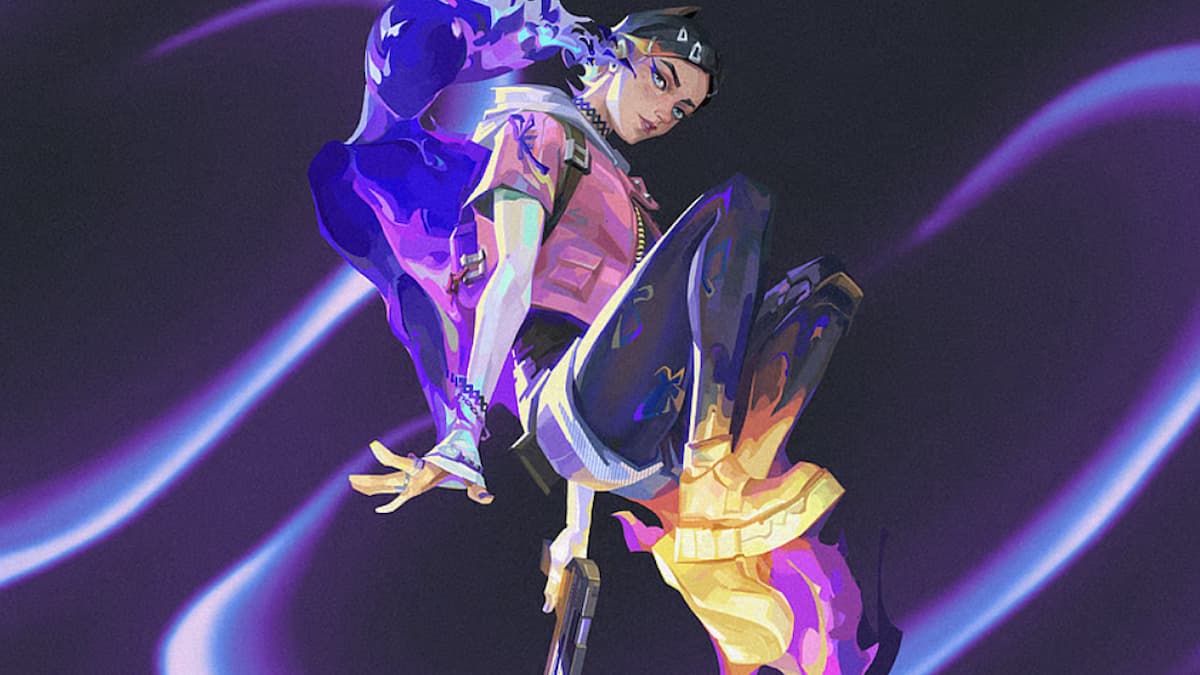
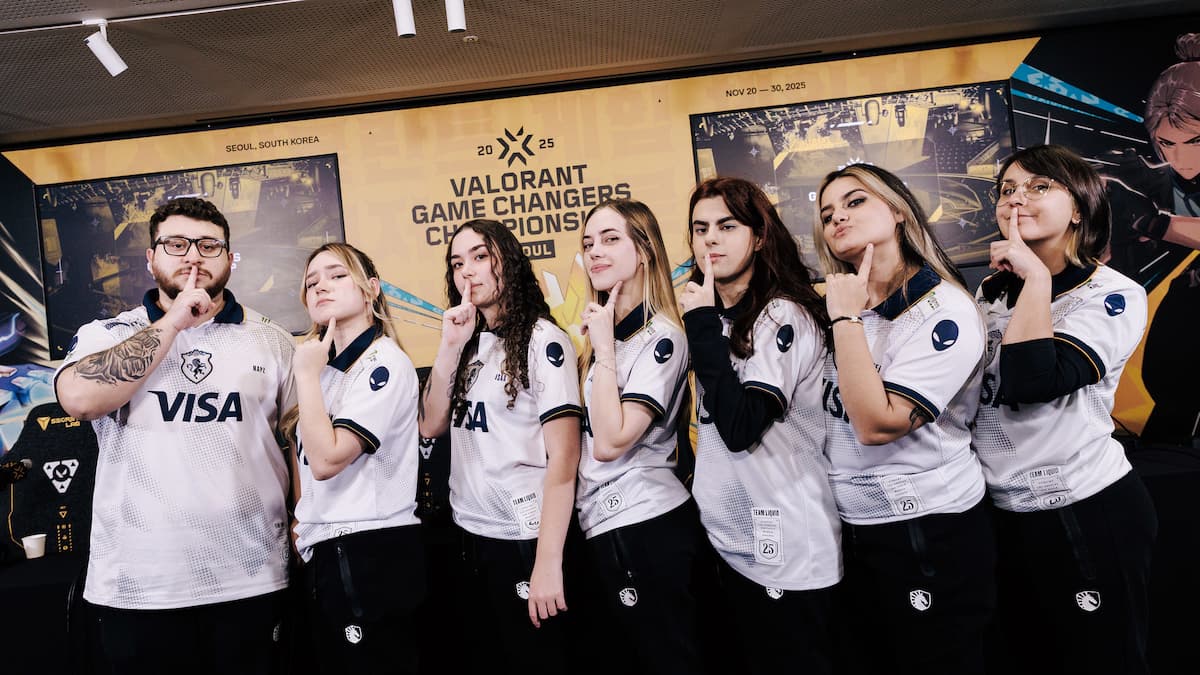
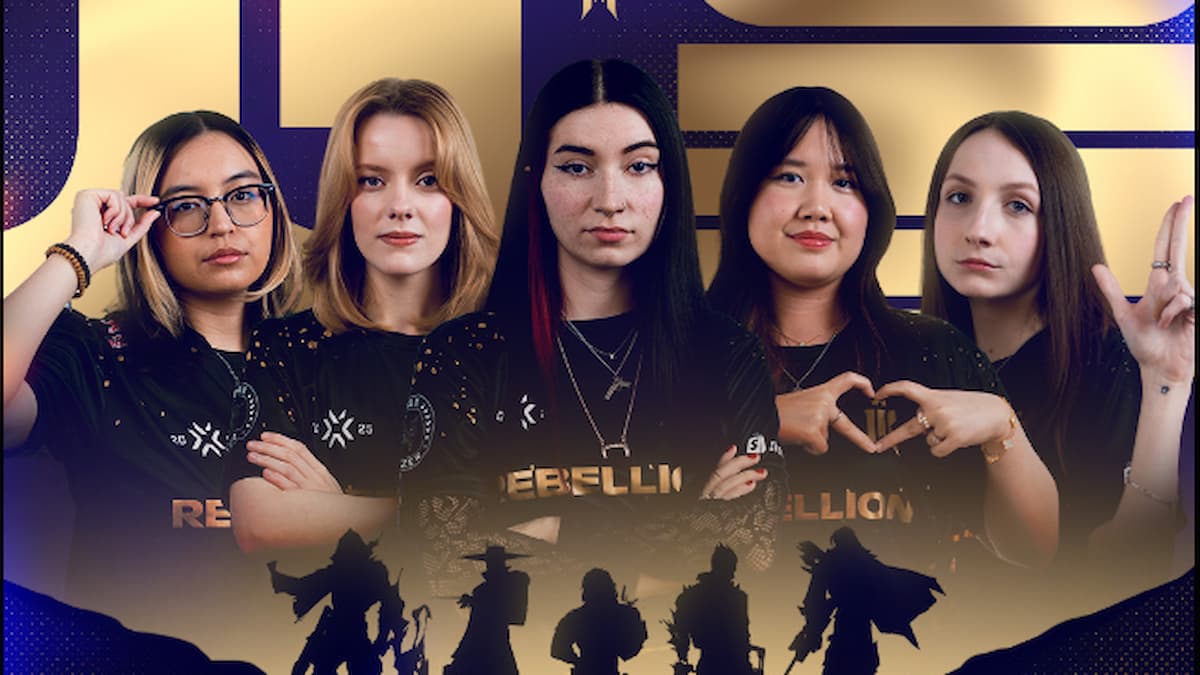
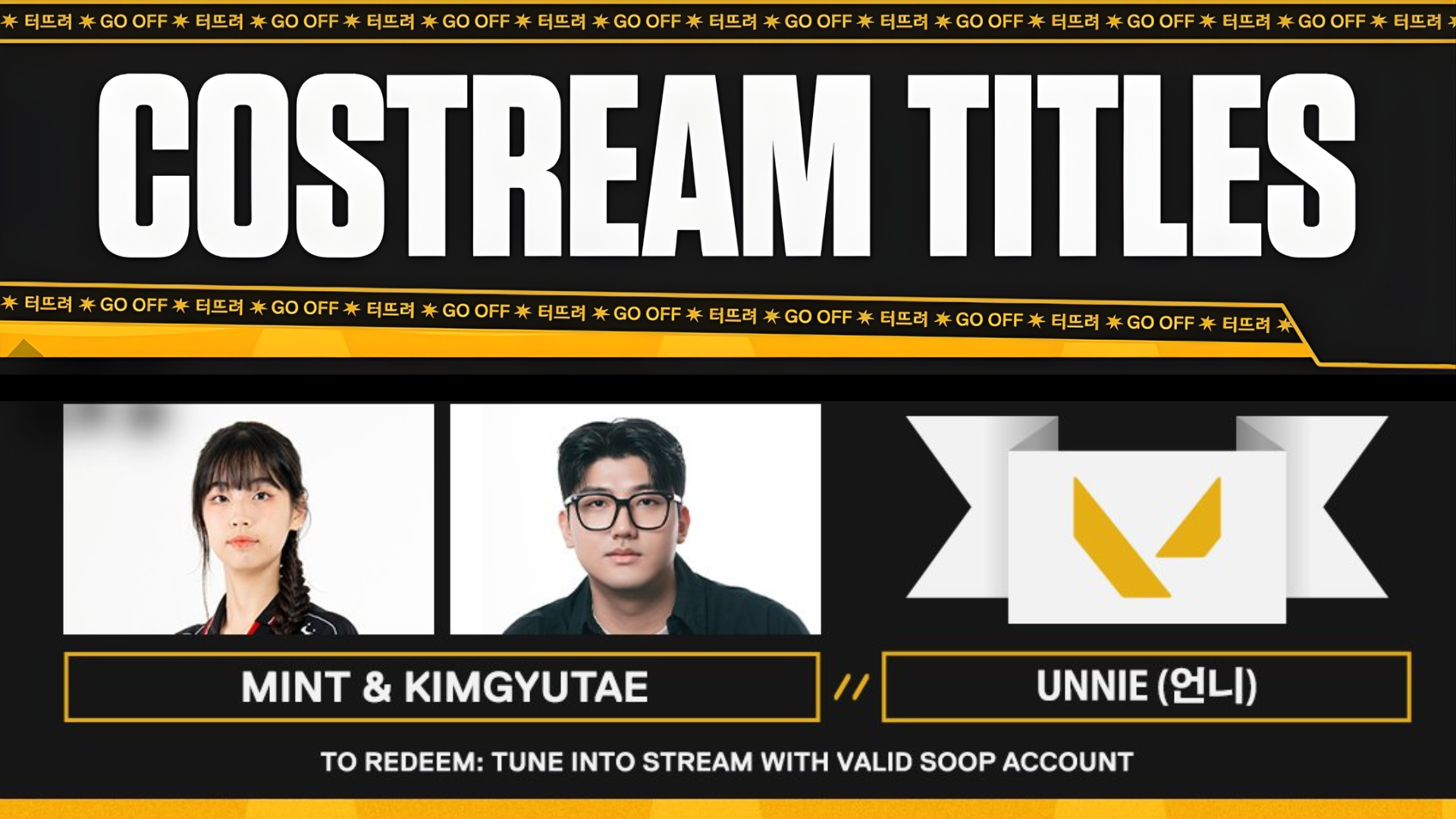
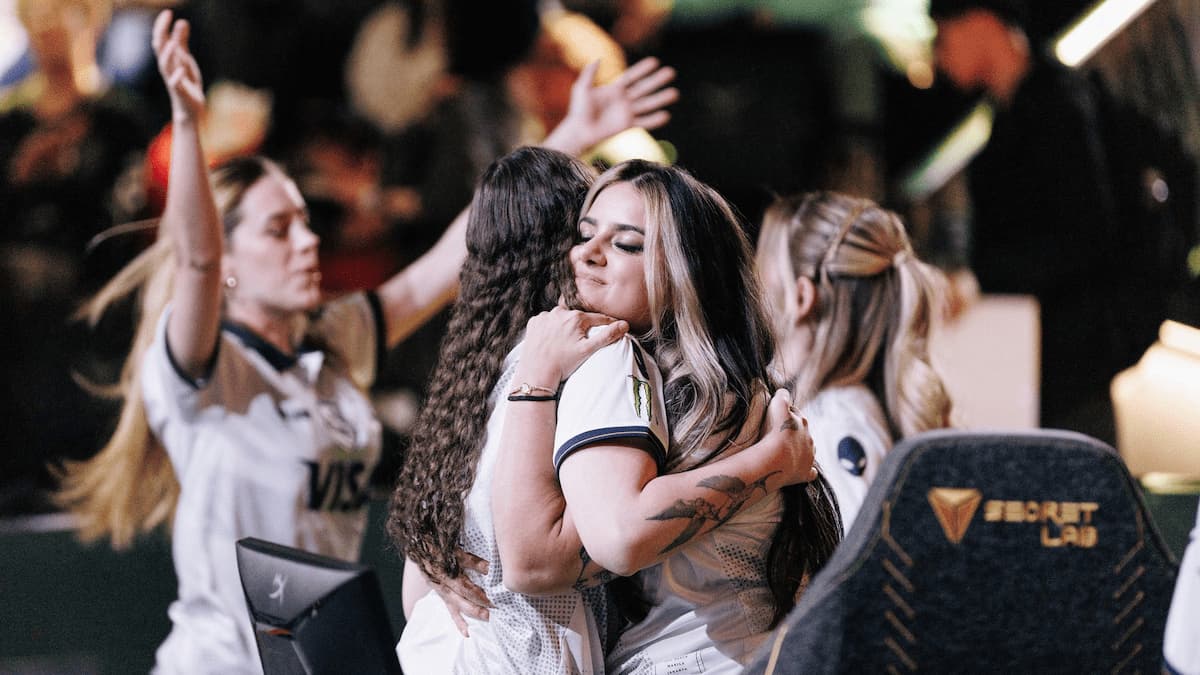

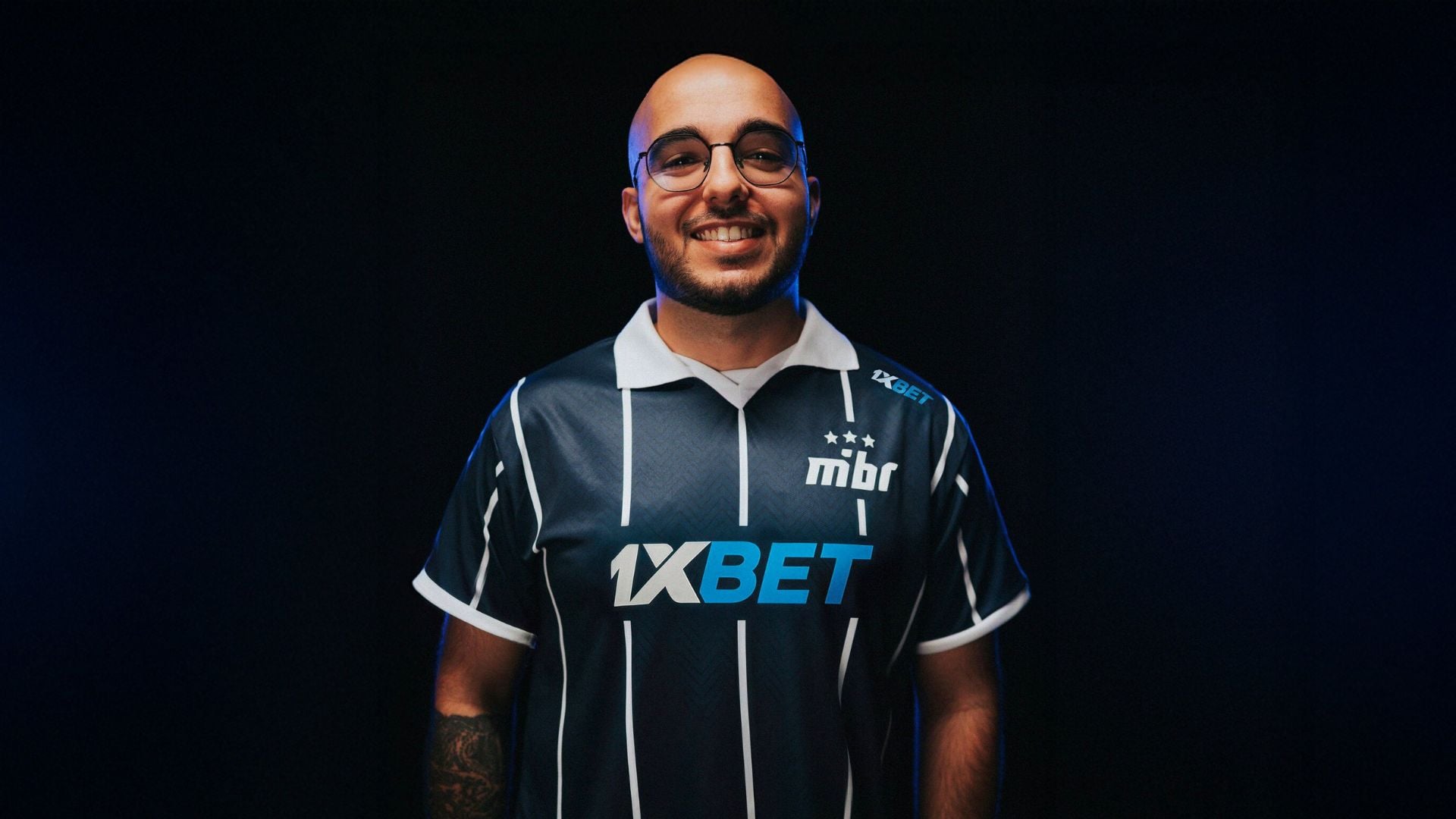


Published: Jan 31, 2025 05:21 am